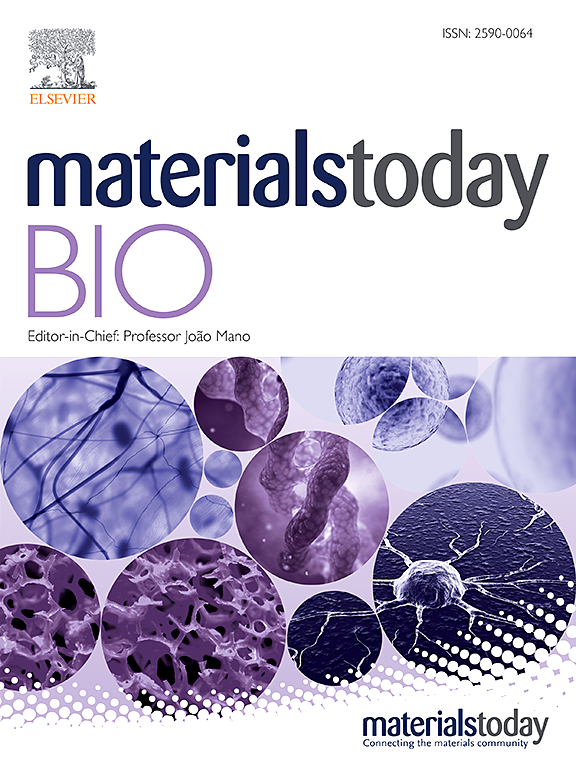Biomaterial-assisted organoid technology for disease modeling and drug screening
IF 8.7
1区 医学
Q1 ENGINEERING, BIOMEDICAL
引用次数: 0
Abstract
Developing disease models and screening for effective drugs are key areas of modern medical research. Traditional methodologies frequently fall short in precisely replicating the intricate architecture of bodily tissues and organs. Nevertheless, recent advancements in biomaterial-assisted organoid technology have ushered in a paradigm shift in biomedical research. This innovative approach enables the cultivation of three-dimensional cellular structures in vitro that closely emulate the structural and functional attributes of organs, offering physiologically superior models compared to conventional techniques. The evolution of biomaterials plays a pivotal role in supporting the culture and development of organ tissues, thereby facilitating more accurate disease state modeling and the rigorous evaluation of drug efficacy and safety profiles. In this review, we will explore the roles that various biomaterials play in organoid development, examine the fundamental principles and advantages of utilizing these technologies in constructing disease models, and highlight recent advances and practical applications in drug screening using disease-specific organoid models. Additionally, the challenges and future directions of organoid technology are discussed. Through continued research and innovation, we aim to make remarkable strides in disease treatment and drug development, ultimately enhancing patient quality of life.

用于疾病建模和药物筛选的生物材料辅助类器官技术。
本文章由计算机程序翻译,如有差异,请以英文原文为准。
求助全文
约1分钟内获得全文
求助全文
来源期刊

Materials Today Bio
Multiple-
CiteScore
8.30
自引率
4.90%
发文量
303
审稿时长
30 days
期刊介绍:
Materials Today Bio is a multidisciplinary journal that specializes in the intersection between biology and materials science, chemistry, physics, engineering, and medicine. It covers various aspects such as the design and assembly of new structures, their interaction with biological systems, functionalization, bioimaging, therapies, and diagnostics in healthcare. The journal aims to showcase the most significant advancements and discoveries in this field. As part of the Materials Today family, Materials Today Bio provides rigorous peer review, quick decision-making, and high visibility for authors. It is indexed in Scopus, PubMed Central, Emerging Sources, Citation Index (ESCI), and Directory of Open Access Journals (DOAJ).
 求助内容:
求助内容: 应助结果提醒方式:
应助结果提醒方式:


